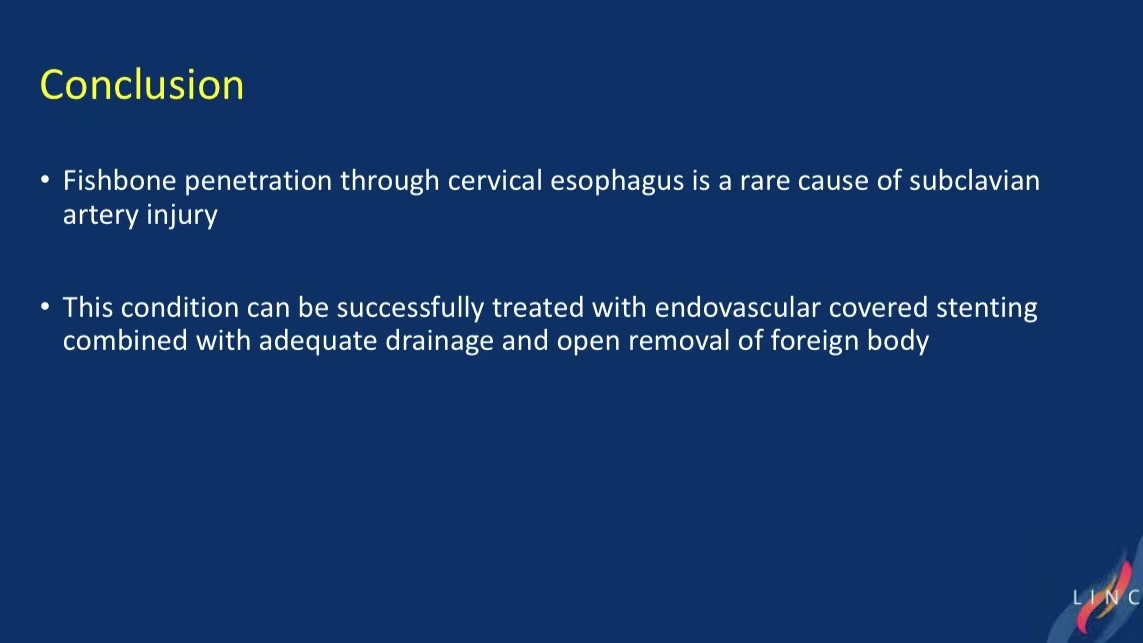Speaker: Chinapath Vuthivanich, MD
Hospital: Division of Vascular and Endovascular Surgery, Faculty of Medicine Vajira Hospital, Navamindradhiraj University, Bangkok, Thailand
Abstract
This case report describes a 55-year-old male with a subclavian artery pseudoaneurysm caused by fishbone penetration through the cervical esophagus, complicated by mediastinitis. Successful treatment involved a 9×57 mm BeGraft covered stent via right brachial access, combined with neck exploration and abscess drainage. Postoperative CTA confirmed stent patency without complications.
Introduction
Esophageal foreign body penetration into adjacent vessels is a life-threatening emergency. Endovascular covered stenting offers a minimally invasive alternative to open surgery for vascular repair.
Case Analysis
History: A male presented with odynophagia and sepsis 3 days after fishbone ingestion.
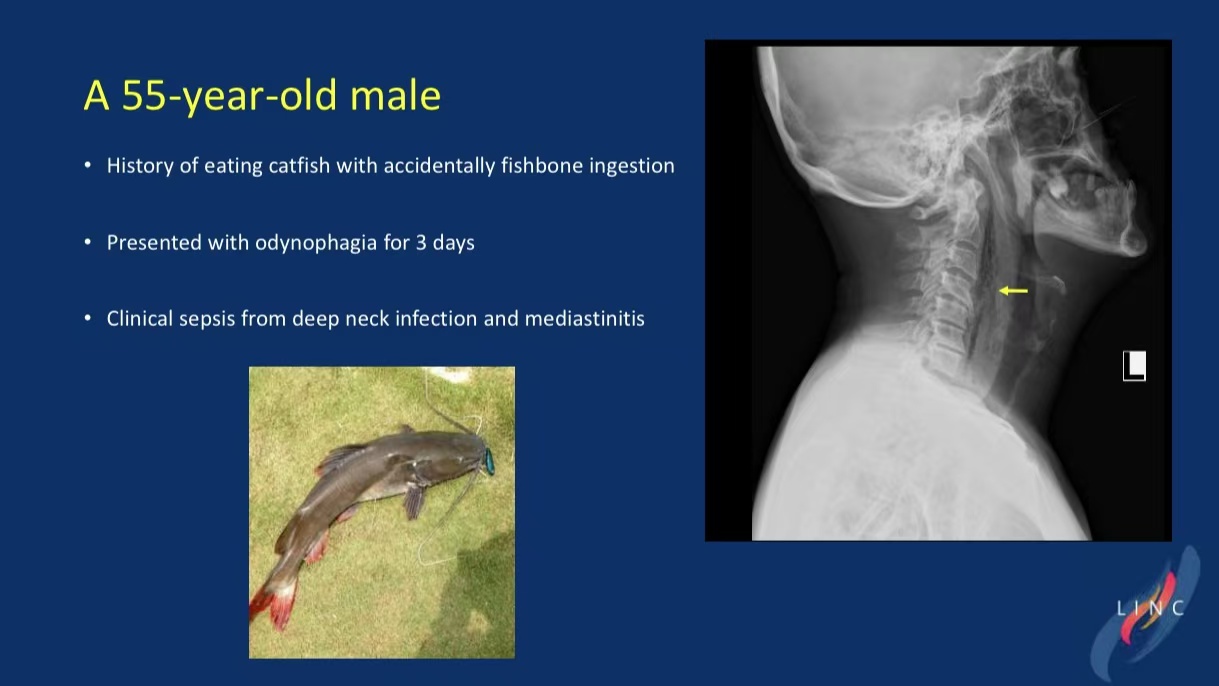
Imaging: CT revealed a fishbone penetrating the esophagus and a right subclavian pseudoaneurysm (proximal 12 mm, distal 8 mm).
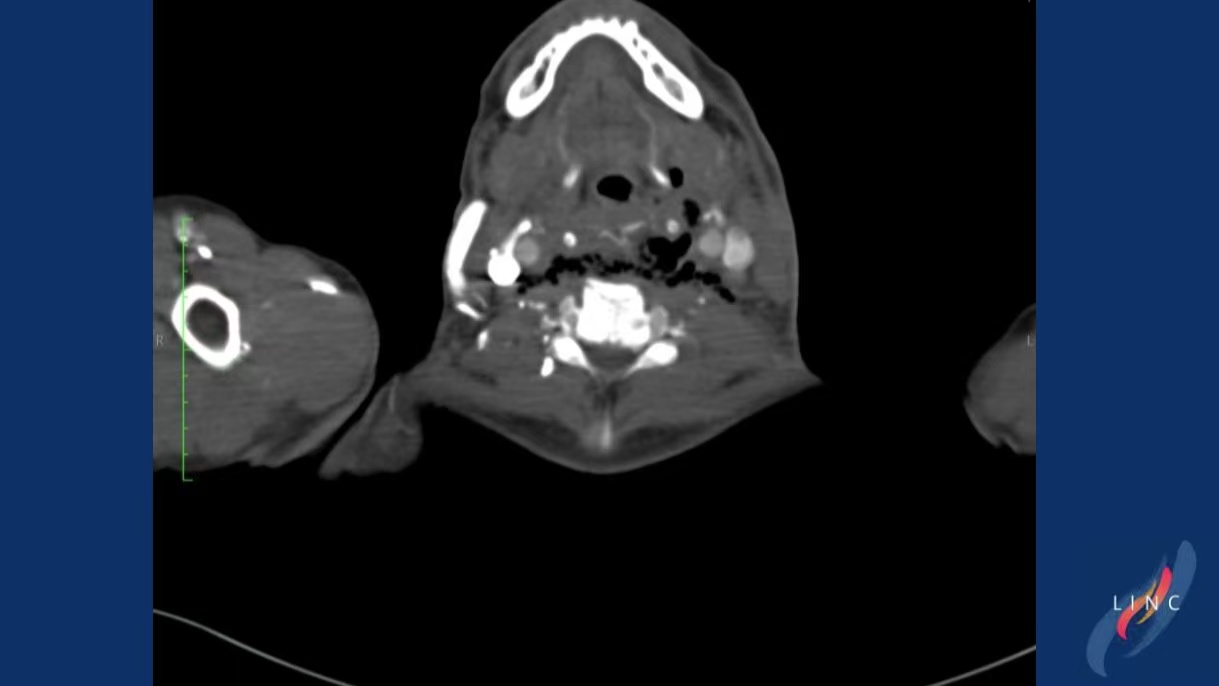
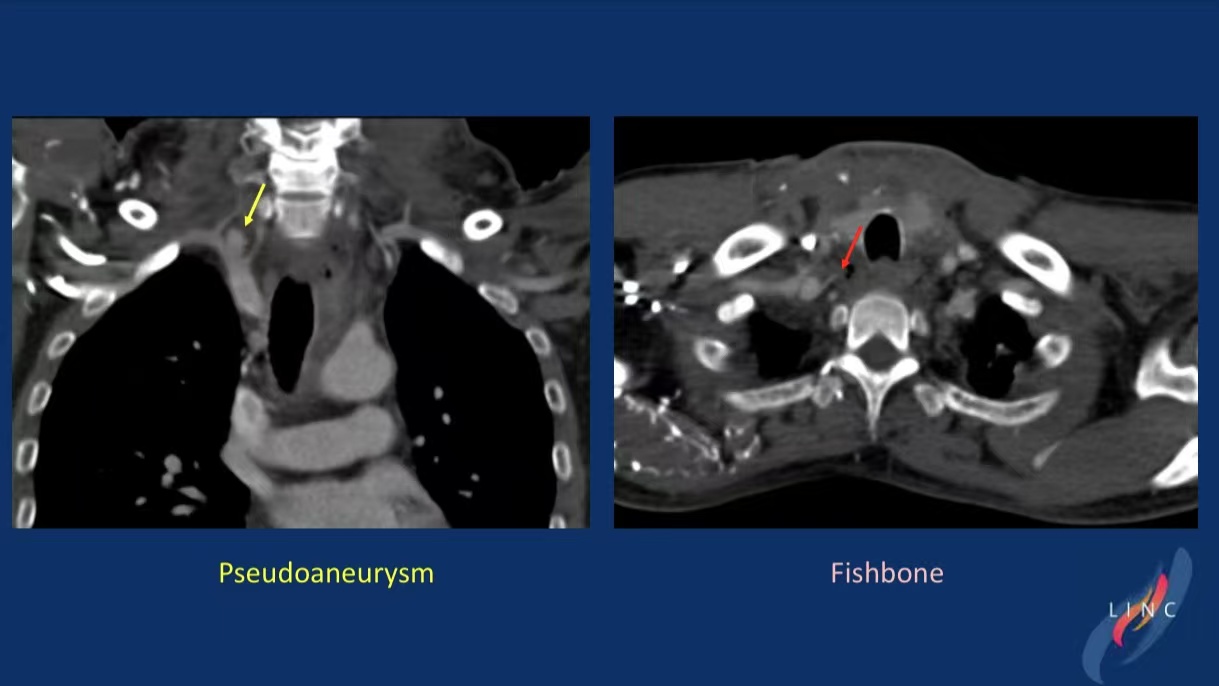


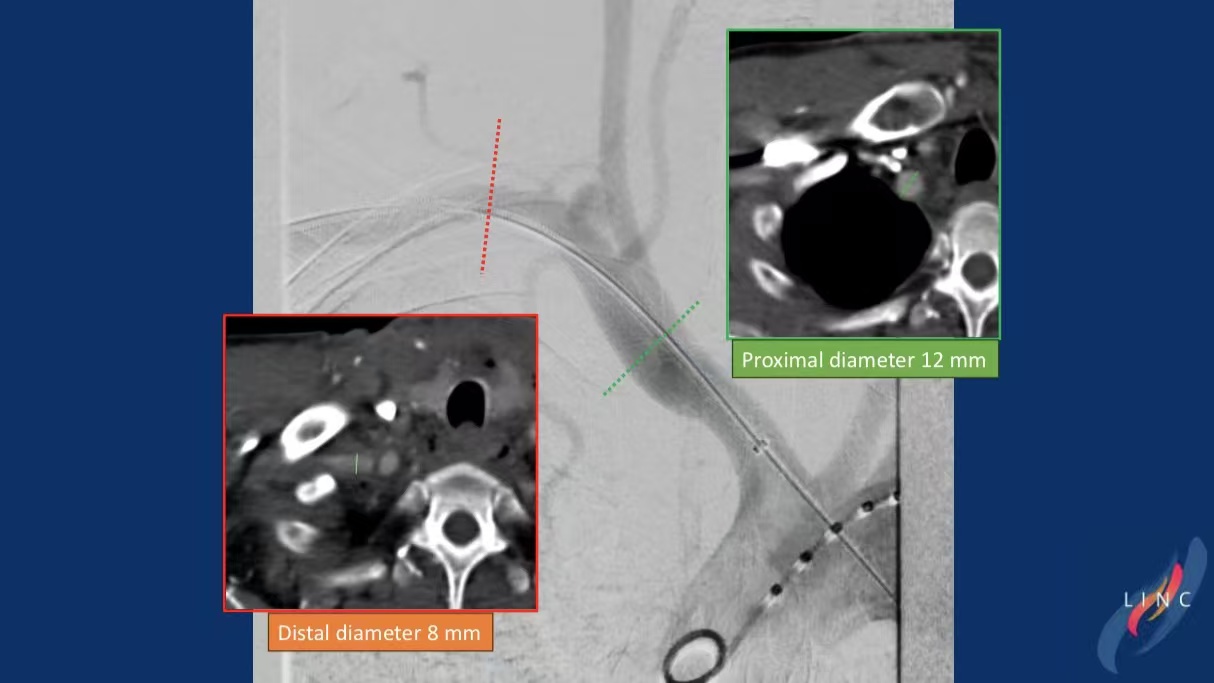
Procedure:
BeGraft covered stent (9×57 mm) deployed via right brachial access.

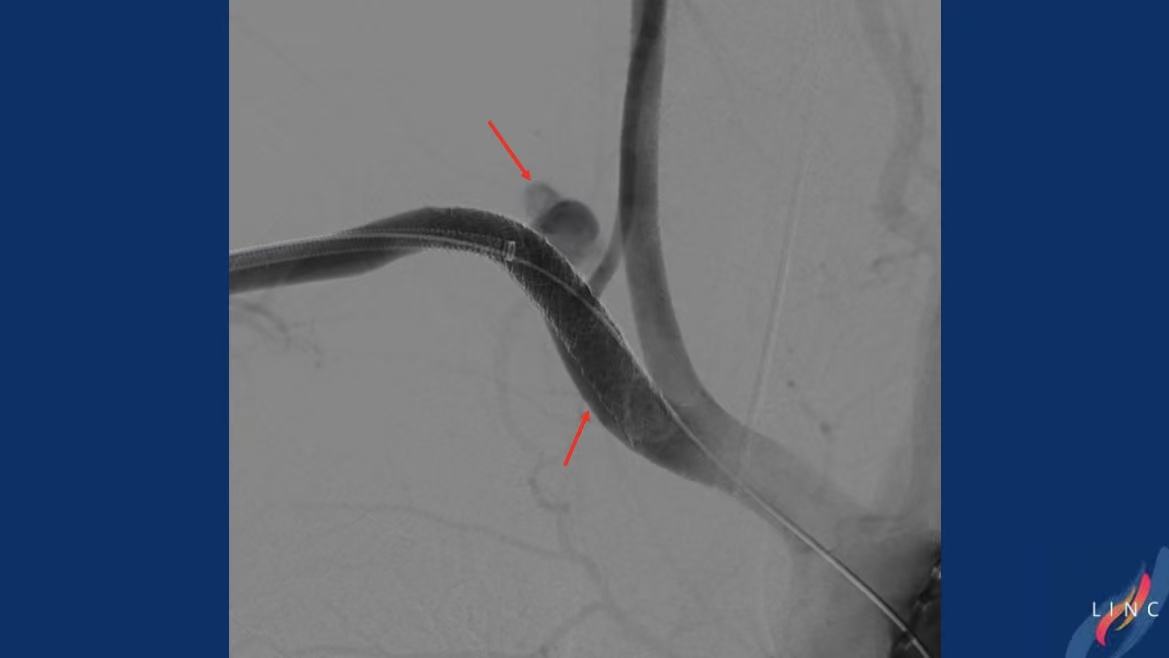
Post-dilation with a 12×40 mm balloon.
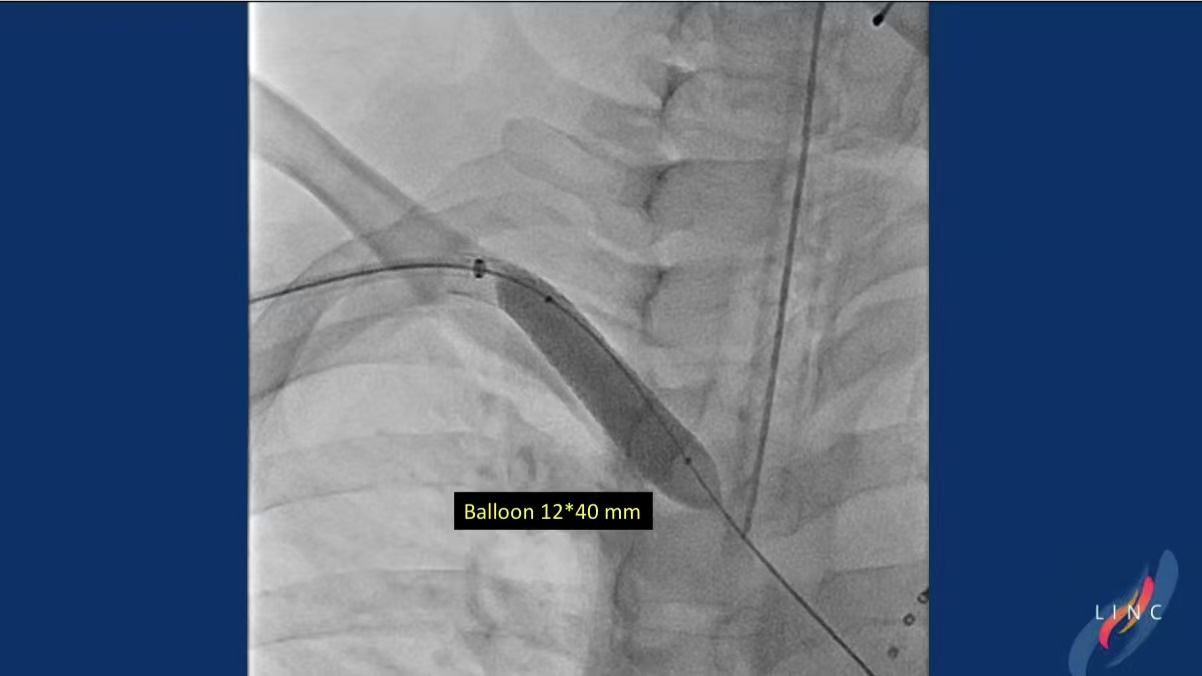

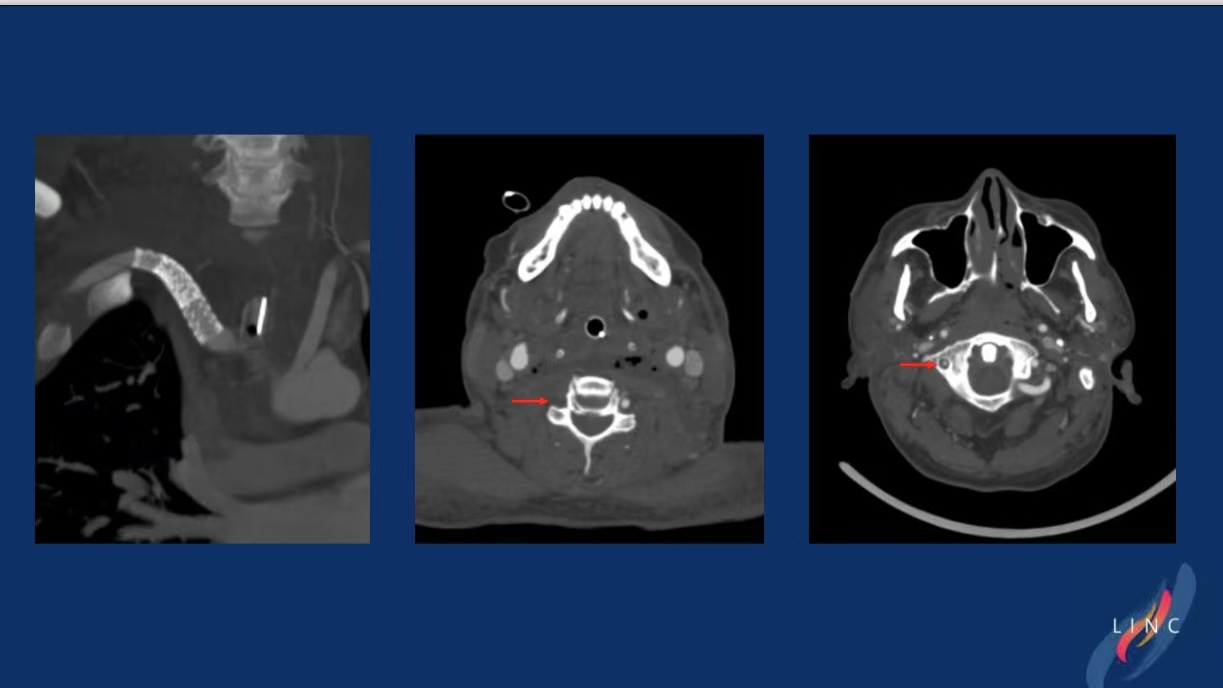
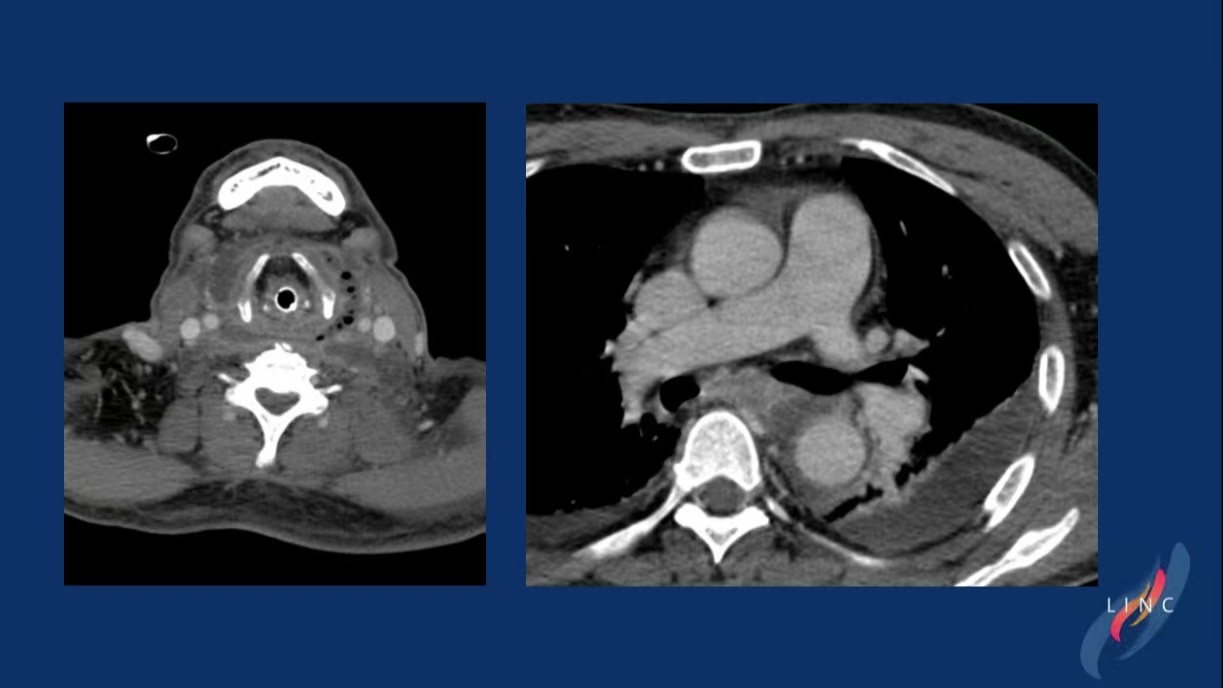
Neck exploration for abscess drainage and fishbone removal.
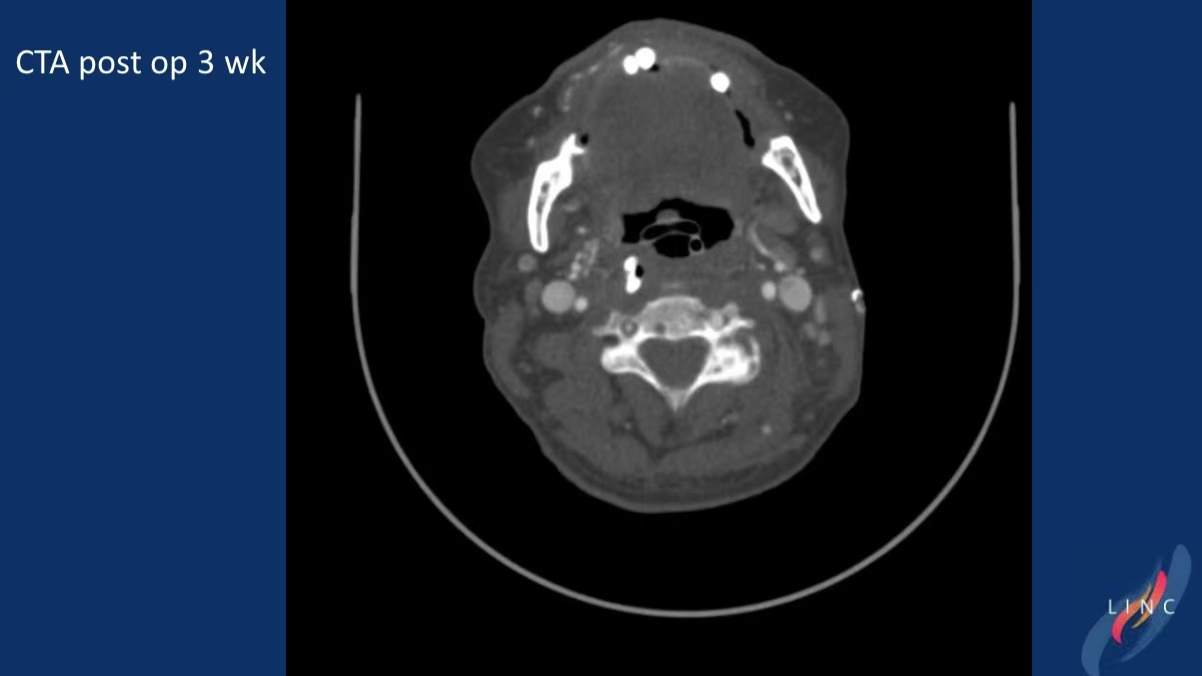
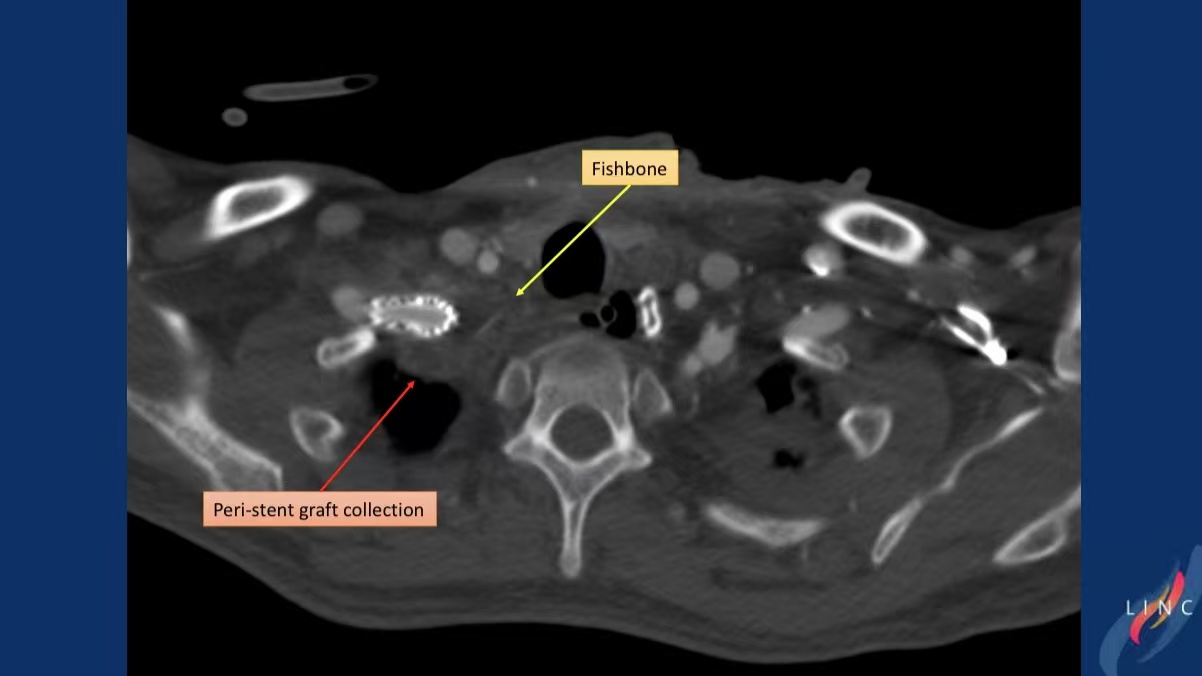
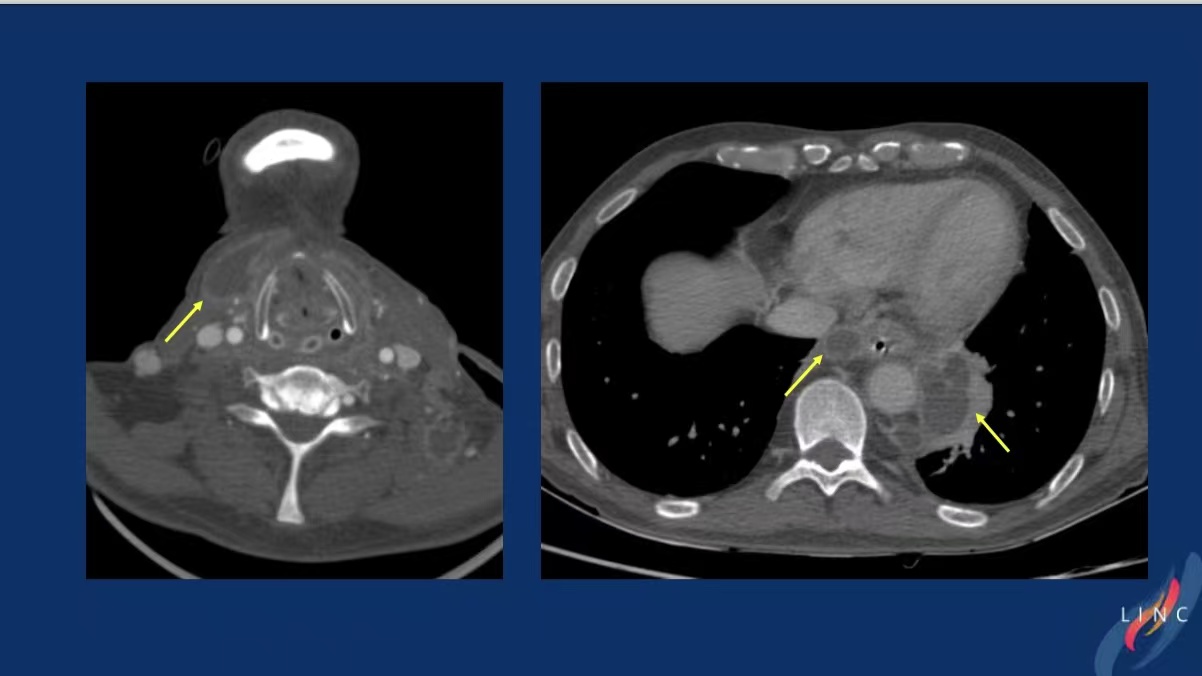
Bilateral VATS for mediastinal abscess drainage.
Outcome: The patient resumed oral intake with no vertebrobasilar ischemia despite vertebral artery coverage.
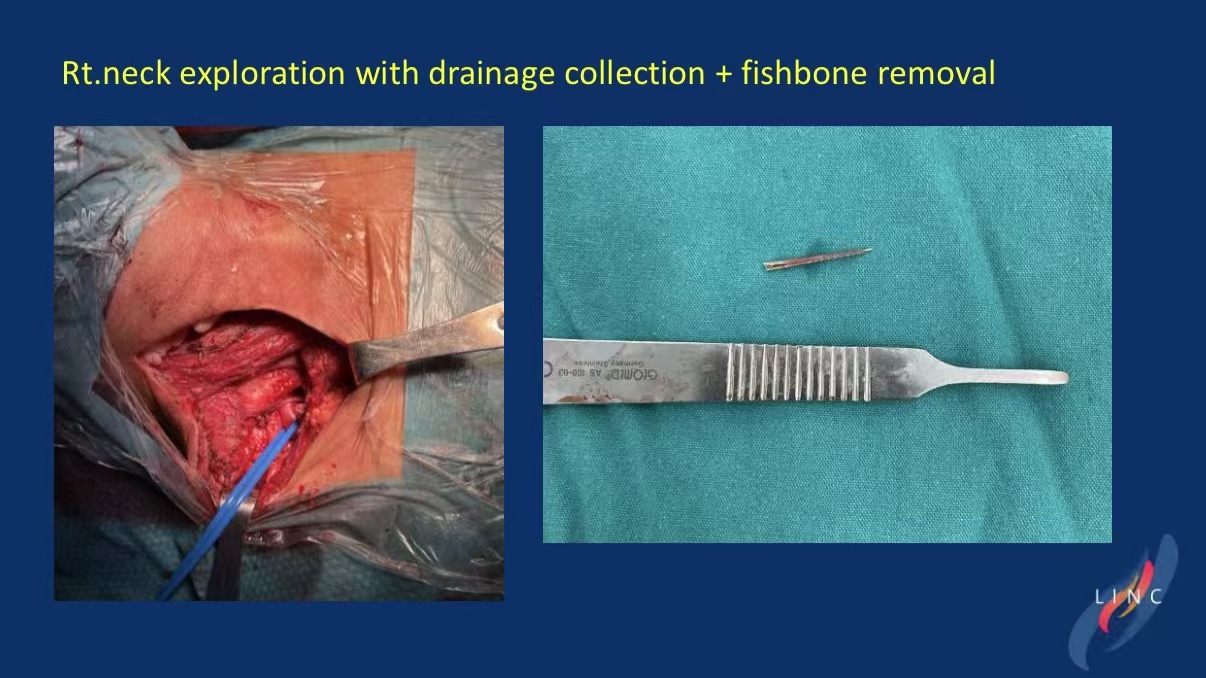
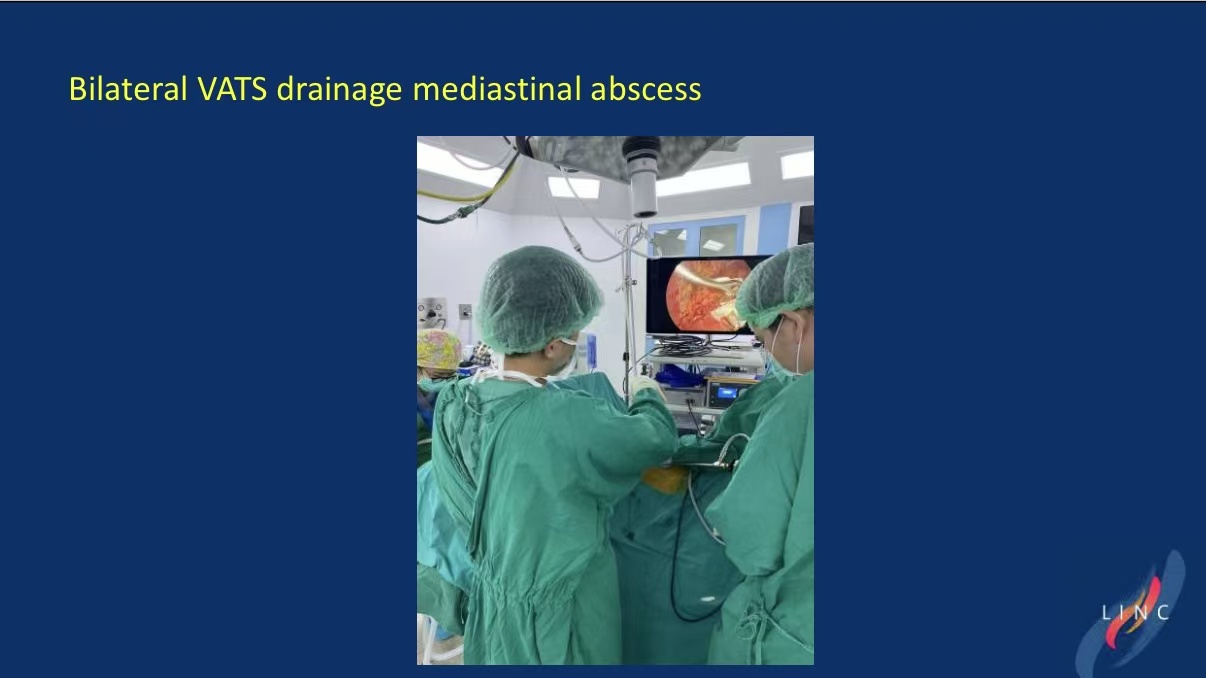
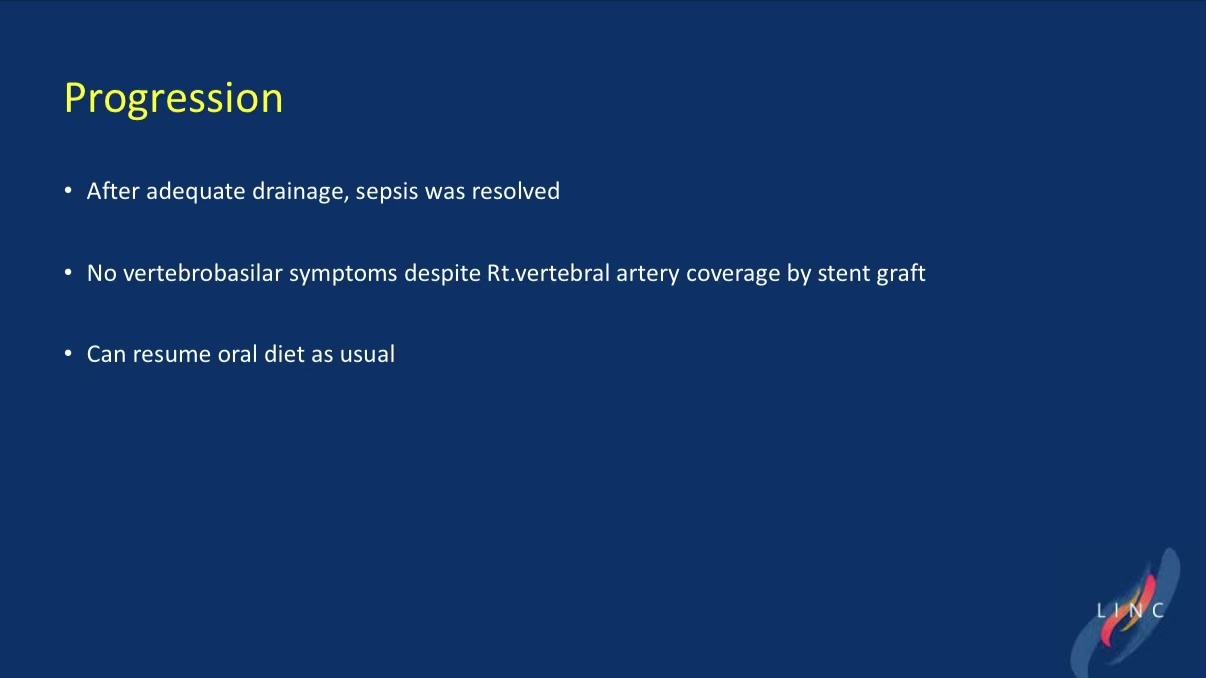
Product Highlights
BeGraft Covered Stent: Self-expanding stent graft suitable for traumatic or infected arterial injuries.
Advantages: Minimally invasive, rapid sealing of vascular defects.
Conclusion
Endovascular covered stenting combined with surgical debridement is effective for subclavian artery injuries caused by esophageal foreign bodies, particularly in stabilized patients after infection control.
